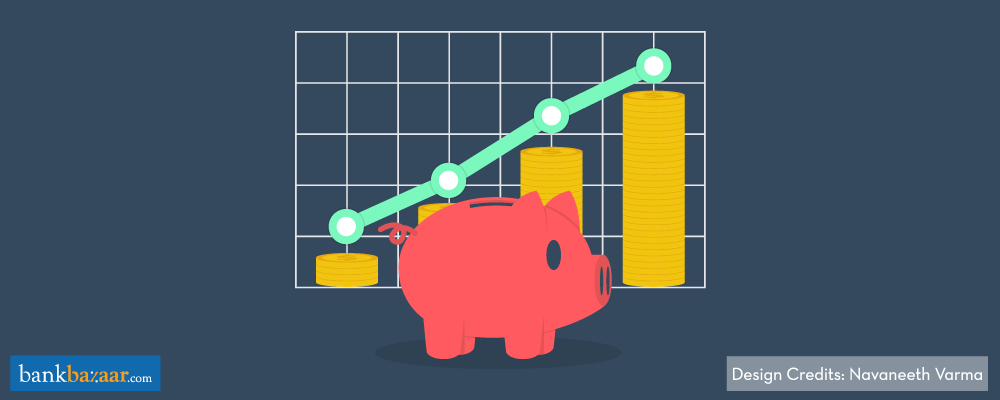Proper asset allocation between debt and equity will help you adequately invest for your various financial goals in a time period appropriate to your needs.

Investing in several Mutual Funds and maintaining a portfolio comes with the task of ensuring a proper asset allocation between debt and equity. Done right, it will help you adequately invest to meet your various financial goals in a timeline appropriate to your needs.
Optimal Diversification
The primary goal of asset allocation is to ensure adequate portfolio diversification. Since different asset classes do well over different periods of time, you can make sure you have a stable, balanced portfolio by intelligently channelling your funds to debt, equity or other asset classes of choice.
Over time, your returns will be risk-adjusted, and your accumulated wealth will also be relatively cushioned against sharp drops in one asset or the other.
Key Variables
The important factors to take note of before venturing into the task of asset allocation are your goals, age, risk appetite and investment horizon. Presumably, if you are at the start of your career – you can have your portfolio tilted in favour of equity-oriented Mutual Funds. Although these are riskier than their debt counterparts, your potentially lengthy time horizon will have your investment beat inflation over the long term.
On the other hand, investors who are approaching retirement or beyond may be prone to taking lesser risk and can opt for a collection of debt funds to manage their accumulated earnings instead. The underlying bonds do not rise or fall as sharply as stocks (in equity funds) and the returns are far more predictable.
Portfolio Rebalancing
Even if you have diligently allocated your portfolio between debt and equity, there may come a time down the line when you need to shift funds between the two to retain your planned allocation ratio. This activity is known as portfolio rebalancing. In case equity funds have fared better than debt funds in your portfolio, you can periodically consider shifting the gains from equity to debt, lest your portfolio become too skewed to one asset class.
Most young investors find it difficult not to create an asset allocation ratio, but to maintain it. There are nevertheless a number of strategies to make sure this important task is well taken care of to make sure you get the most of your Mutual Fund portfolio.
BankBazaar is a leading online marketplace in India that helps consumers compare and apply for Credit Card, Personal Loan, Home Loan, Car Loan and insurance.